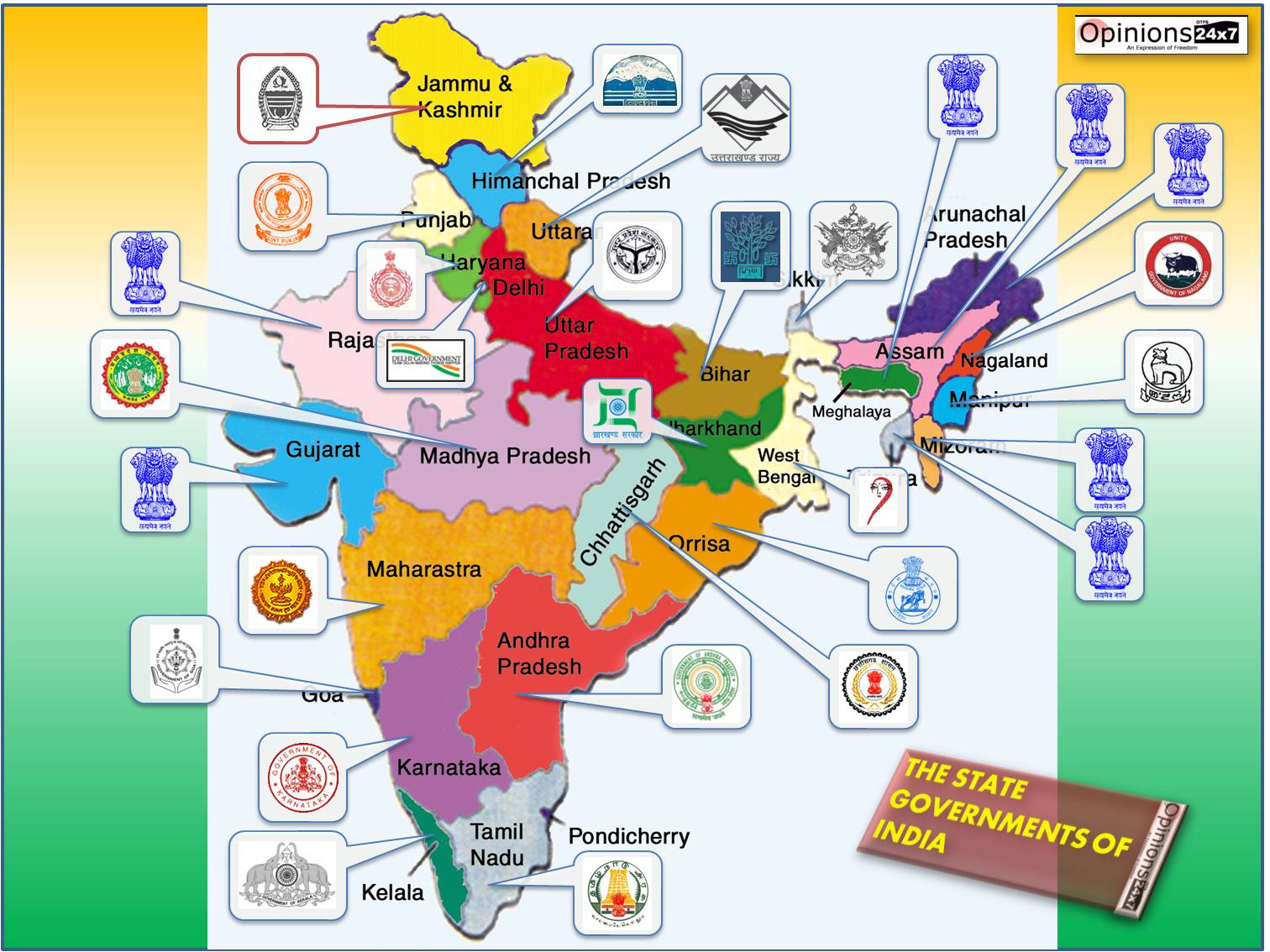Recent Posts
Subscribe
Sign up to get update about us. Don't be hasitate your email is safe.

 Article
Article
Main article: State governments of India
State governments in India are the governments ruling over 28 states and 8 union territories of India and the head of the Council of Ministers in a state is the Chief Minister. Each state has a legislative assembly. A state legislature that has one house – the State Legislative Assembly (Vidhan Sabha) – is a unicameral legislature. A state legislature that has two houses – the State Legislative Assembly and State Legislative Council (Vidhan Parishad) – is a bicameral legislature. The Vidhan Sabha is the lower house and corresponds to the Lok Sabha while the Vidhan Parishad is the upper house and corresponds to the Rajya Sabha of the Parliament of India
Main article: State legislative assemblies of India
Vidhan Sabha, also known as State Legislative Assembly, is a legislative body in each of the states and certain union territories of India. In 22 states and 3 union territories, there is a unicameral legislature which is the sole legislative body. Vidhan Sabha is present in all the states and 3 union territories.
Each Member of the Legislative Assembly (MLA) is directly elected to serve 5-year terms by single-member constituencies. The Constitution of India states that a State Legislative Assembly must have no less than 60 and no more than 500 members however an exception may be granted via an Act of Parliament as is the case in the states of Goa, Sikkim, Mizoram and the union territory of Puducherry which have fewer than 60 members.
A State Legislative Assembly may be dissolved in a state of emergency, by the Governor on request of the Chief Minister, or if a motion of no confidence is passed against the ruling majority party or coalition.
Main article: State legislative councils of India
Vidhan Parishad, also called as the State Legislative Council, is the upper house in those states of India that have a bicameral state legislature; the lower house being the State Legislative Assembly. Its establishment is defined in Article 169 of the Constitution of India.
Only 6 out of 28 states have a Legislative Council. These are Andhra Pradesh, Karnataka, Telangana, Maharashtra, Bihar, and Uttar Pradesh. No union territory has a legislative council.
The size of the State Legislative Council cannot be more than one third of the membership of the State Legislative Assembly. However, its size cannot be less than 40 members. These members elect the chairman and Deputy Chairman of the State Legislative Council.
Local government in India is governmental jurisdiction below the level of the state. Local self-government means that residents in towns, villages and rural settlements are the people who elect local councils and their heads authorising them to solve the important issues. The 73rd and 74th constitutional amendments give recognition and protection to local governments and in addition each state has its own local government legislation.
Since 1992, local government in India takes place in two very distinct forms. Urban localities, covered in the 74th amendment to the Constitution, have Municipality but derive their powers from the individual state governments, while the powers of rural localities have been formalized under the panchayati raj system, under the 73rd amendment to the Constitution.
Main article: Vice President of India
The Vice President of India is the deputy to the head of state of the Republic of India, i.e. the president of India. The office of vice president is the second-highest constitutional office after the president and ranks second in the order of precedence and first in the line of succession to the presidency. The vice president is also the ex officio chairman of the Rajya Sabha.
Article 66 of the Constitution of India states the manner of election of the vice president. The vice president is elected indirectly by members of an electoral college consisting of the members of both Houses of Parliament and not the members of state legislative assembly by the system of proportional representation using single transferable votes and the voting is conducted by Election Commission of India via secret ballot. The vice president also acts as the chancellor of the Panjab University and Delhi University.